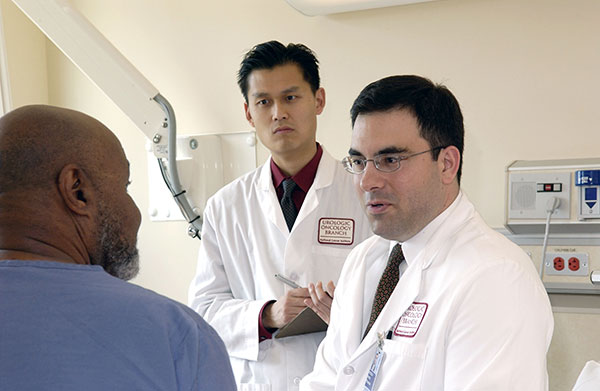By Richard D. Griffiths
Over the last half century, critical care has made great advances towards preventing the premature deaths of many severely ill patients. The urgency, immediacy, and involved intimacy of the critical care team striving to correct acutely disturbed organ dysfunction meant that, for many years, physiological correction and ultimate patient survival alone was considered the unique measure of success. However, over the last quarter century, our survivor patients and their relatives have told us much more about what it means to have a critical illness. We work in an area of medicine where survival is a battle determined by tissue resilience, frailty, and the ability to recover, but this comes at a price. As our focus has moved beyond the immediate, we have learned about the ‘legacy of critical care’ and how having a critical illness impacts life after ICU through its consequential effects on physical and psychological function and the social landscape.

This fundamental cultural change in how we perceive critical care as a specialty and where our measure of a successful outcome includes the quality of life restored has come about through the sound medical approach of listening to our patients and families, defining the problems, and carefully testing through research hypotheses as to causation and possible therapeutic benefit. It not only has changed how patients are considered and cared for after intensive care, but, through the detailed knowledge of how patients are affected by the consequences of the critical illness, it has fostered fundamental research to improve the care and therapies we use during their stay. As with all sound clinical advances, it has helped shed light and ill-informed dogma and helped re-focus the research agenda to ensure that the long-term legacies of a critical illness are equally considered. Immobility, oft considered of little consequence, is now recognized to be a significant pathological participant and contributor to disability. Amnesia, in short-term anaesthesia considered a benefit, now has defined pathological significance, along with previously poorly recognized cognitive deficits and delusional experiences, all consequences of acute brain dysfunction. The family, often in the past merely a repository of information, is now recognized to play a much greater role in how patients recover and are themselves traumatized by the experience, so meriting help and support if they are to assist in rehabilitation.
Perhaps the purest achievement has been the bringing together of contributions not just from patients and their families, but form the wide breadth of professionals deeply involved in the care of the critically ill from across many continents. Not only have the doors of the intensive care unit been thrown open, but so too have the minds of those working for the best care of our patients. The reward of a visit some months later of a patient brought back from the brink of death is cherished by a critical care team. Added to this, the knowledge that our patients are now understanding what happened to them and they and their families are being given the help to recover their lives following the legacy of critical care is something of which our specialty should be justly proud. We cannot ignore the lessons we have learned.
Richard D. Griffiths is Emeritus Professor of Medicine (Intensive Care) and Honorary Consultant at the Institute of Aging and Chronic Disease, University of Liverpool. He is a contributor to Textbook of Post-ICU Medicine: The Legacy of Critical Care.
Subscribe to the OUPblog via email or RSS.
Subscribe to only health and medicine articles on the OUPblog via email or RSS.
Image: Doctor consults with patient by National Cancer Institute. Public domain via Wikimedia Commons.
The post The legacy of critical care appeared first on OUPblog.


